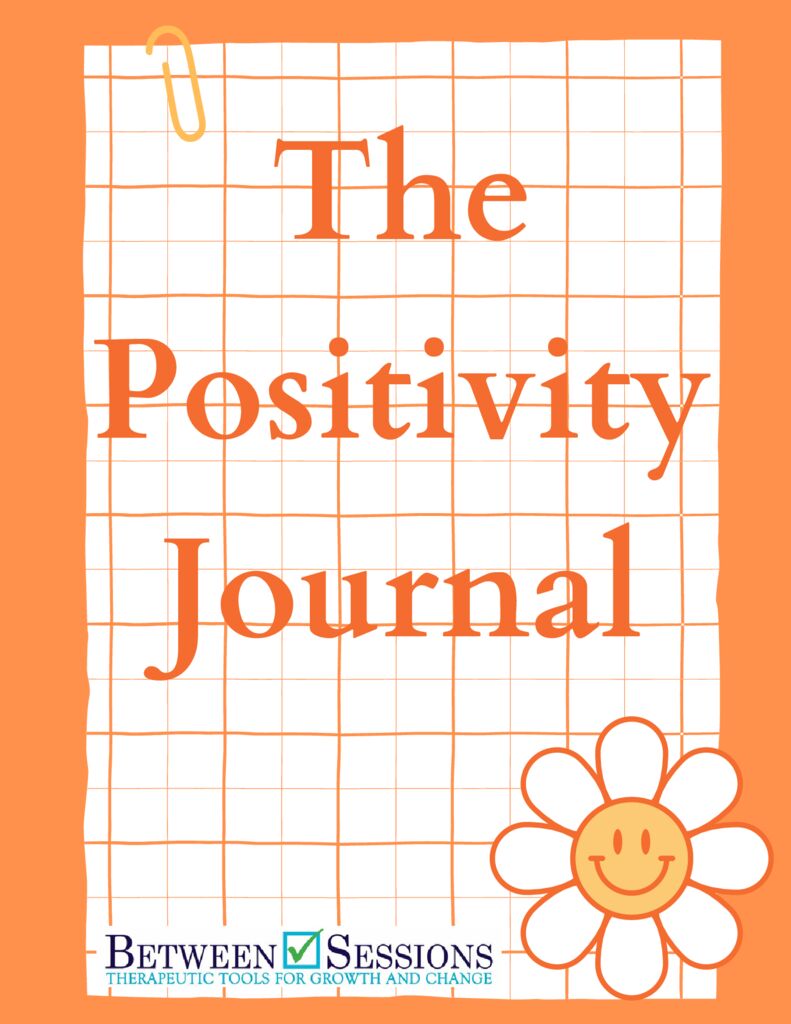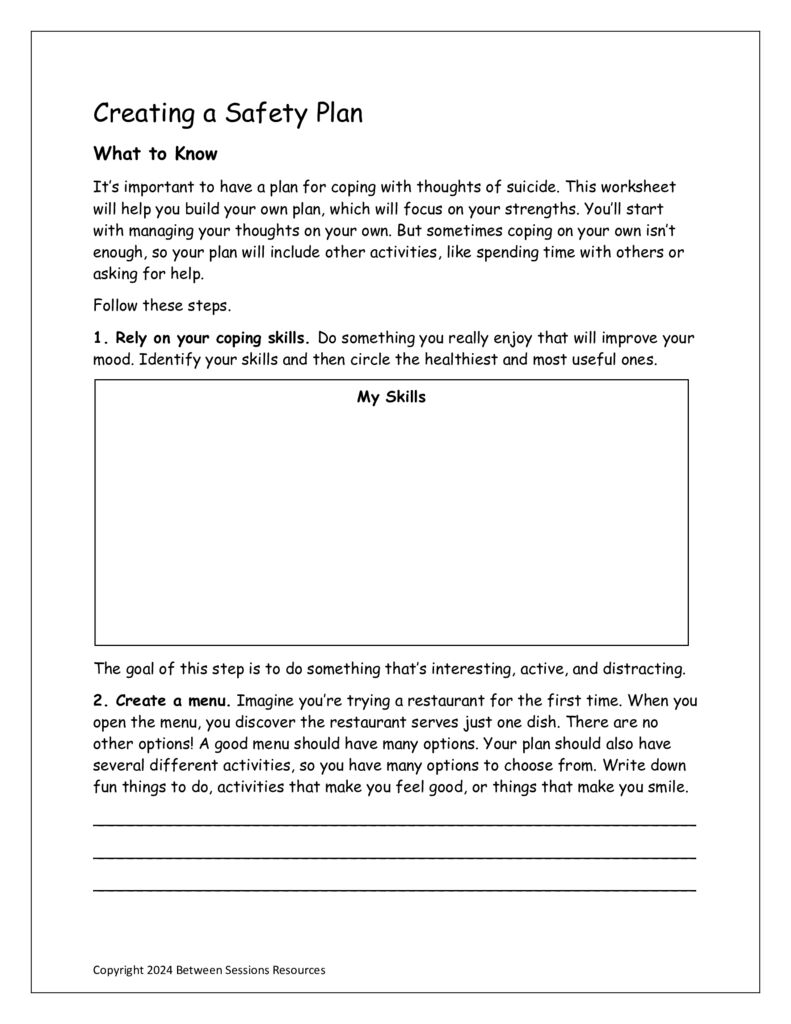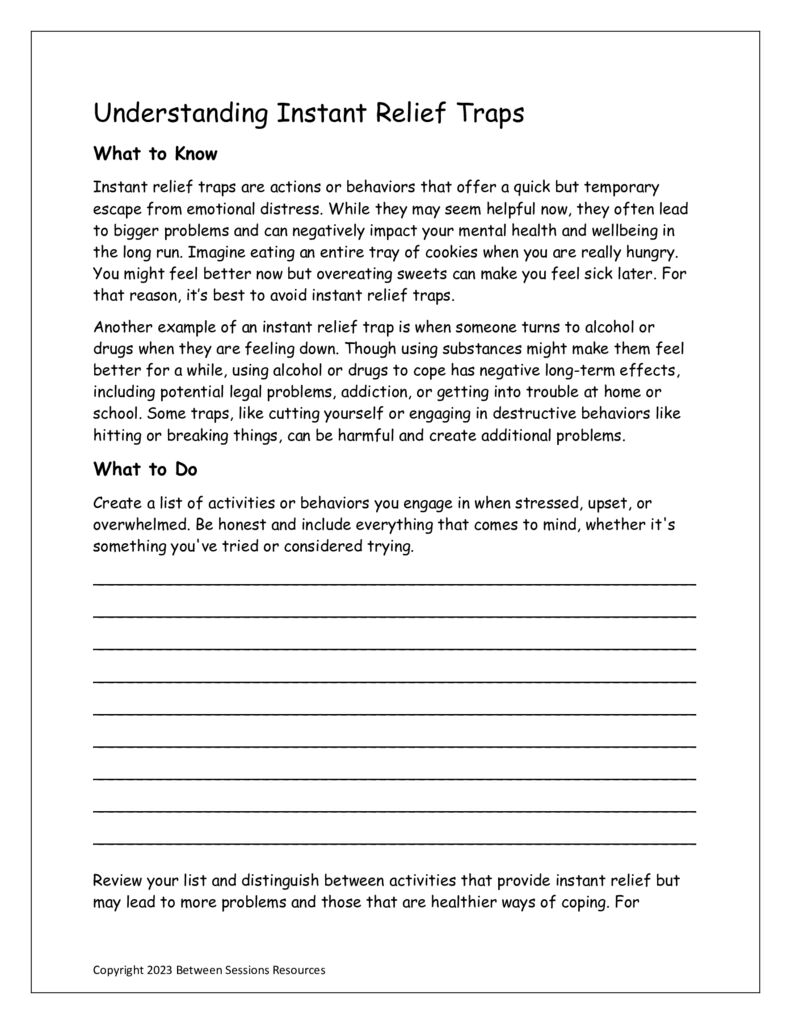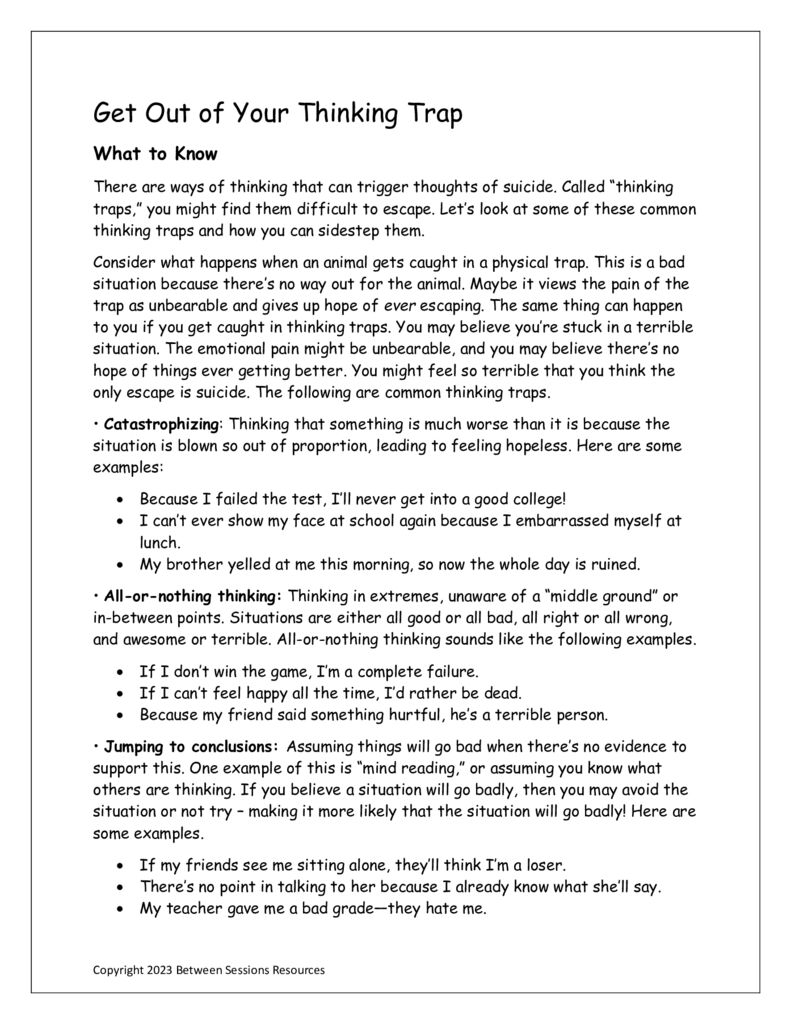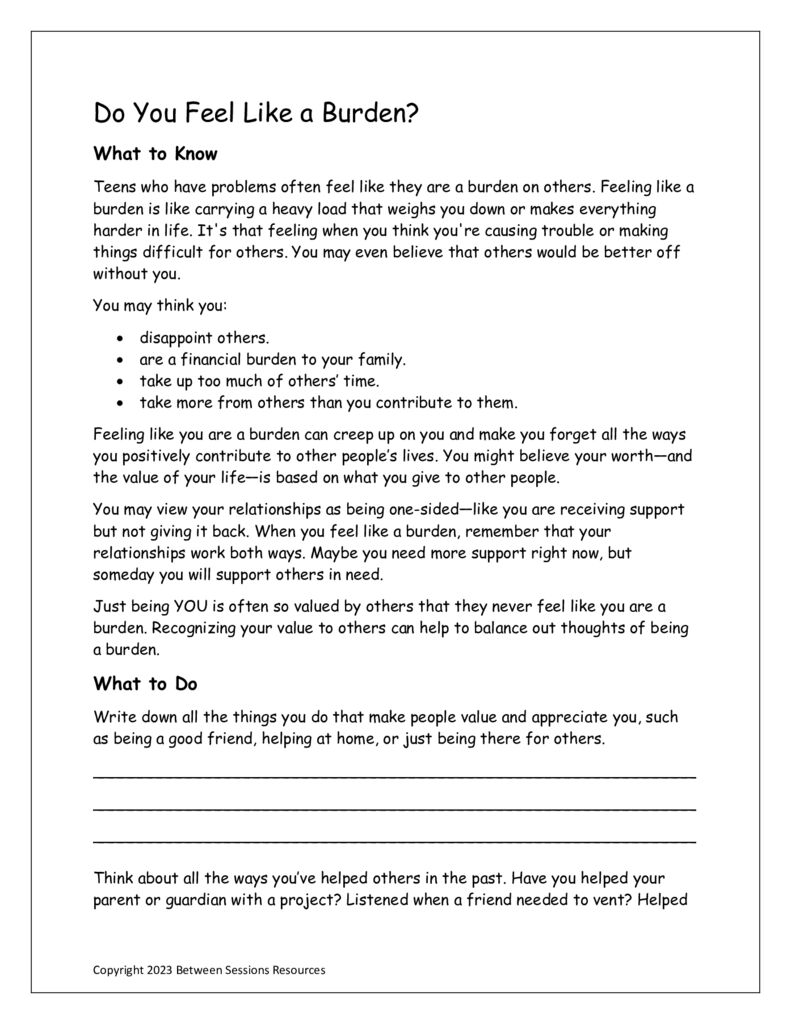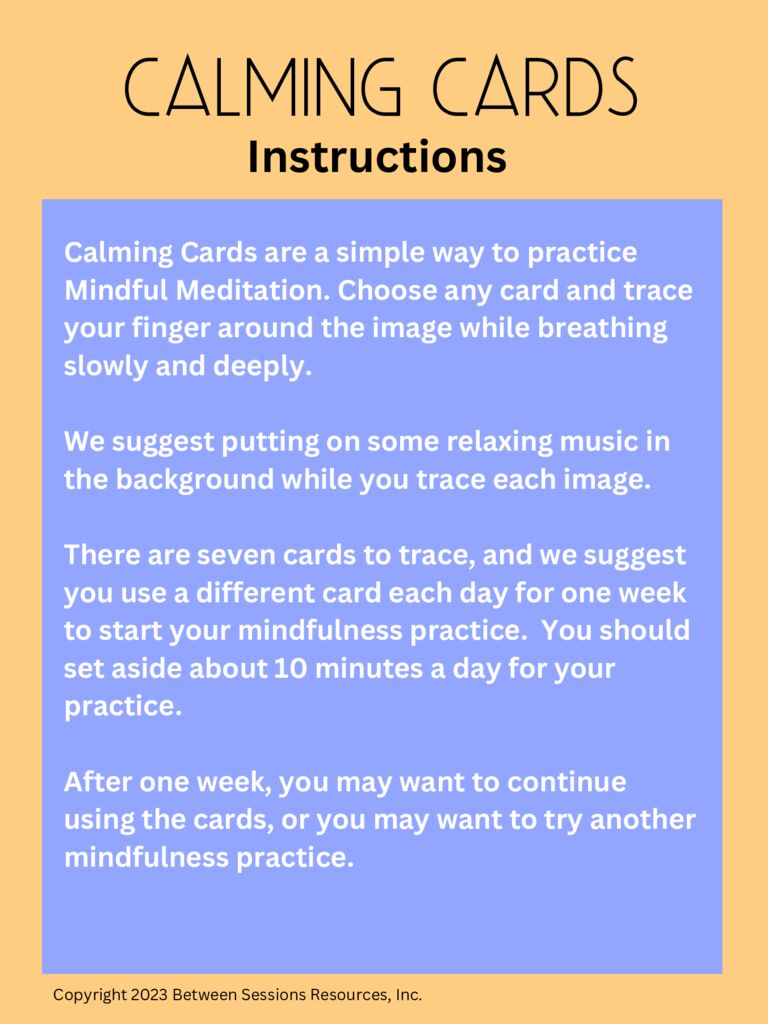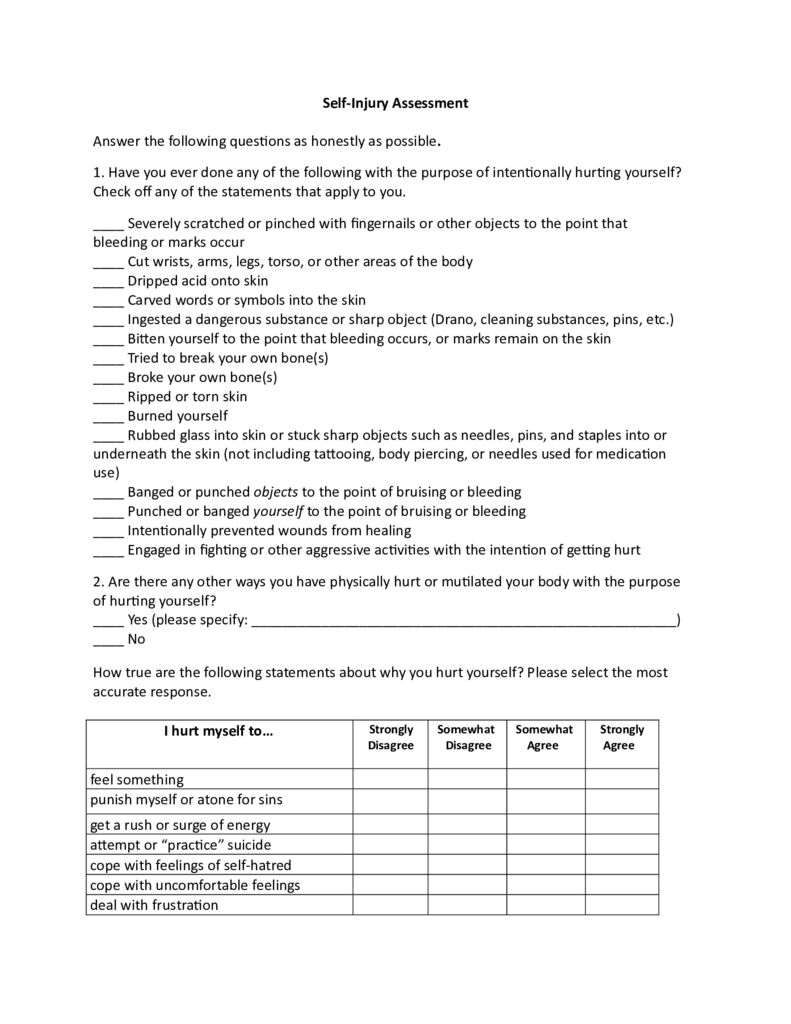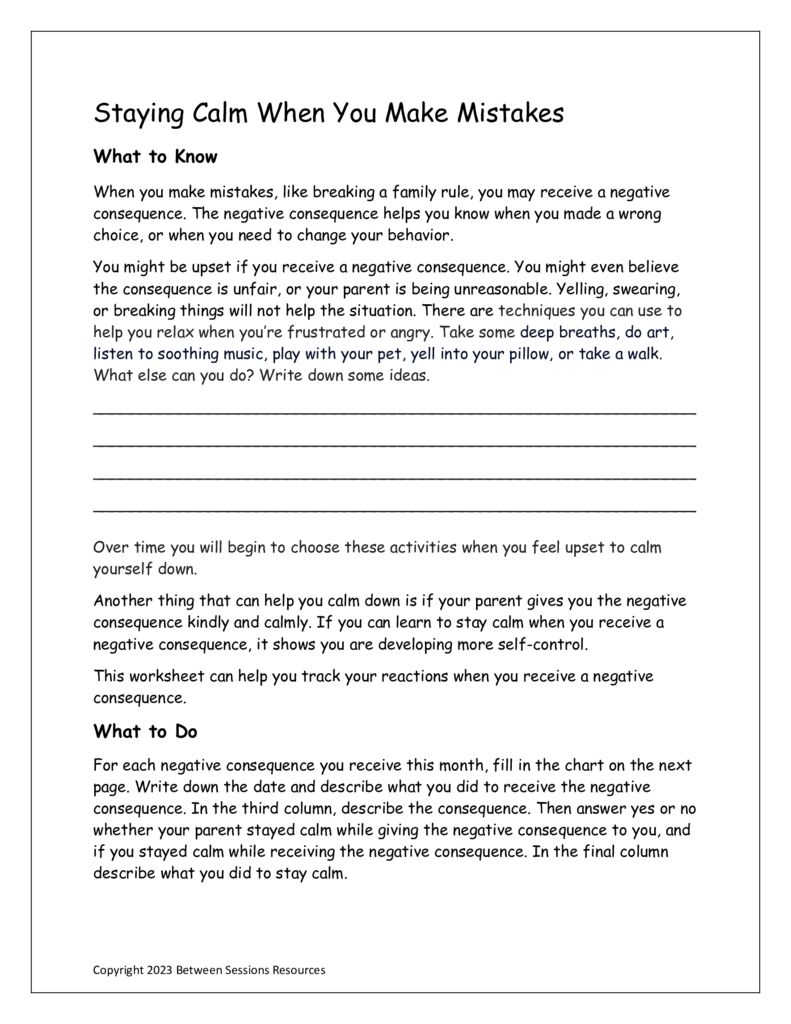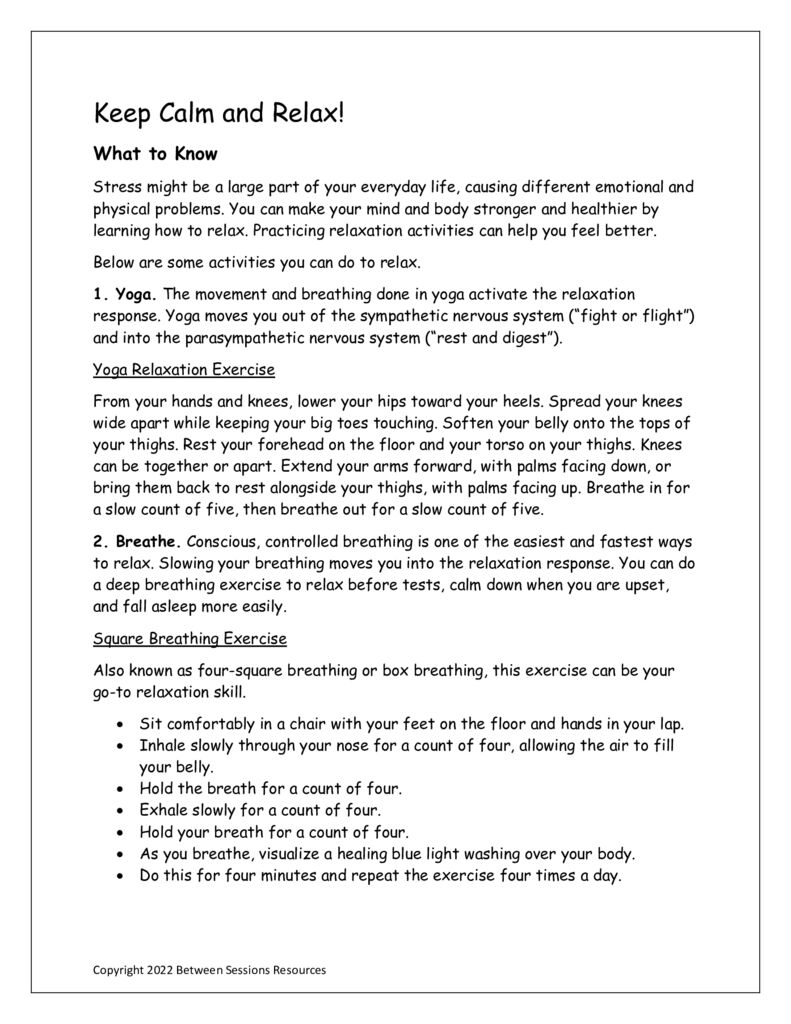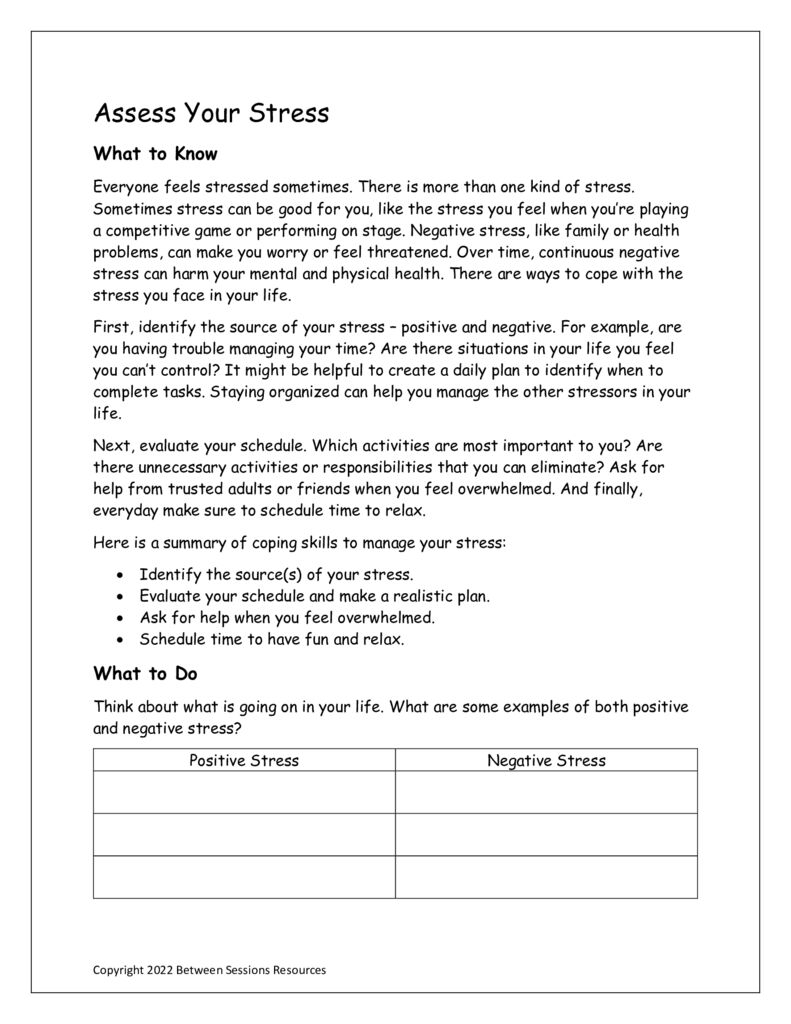This journal is designed to use the principles of positive psychology to help people develop a more optimistic view of the world. The daily worksheets are designed to help people identify their mood, develop the habit of gratitude, pay attention to positive events, and work towards their goals. The Journal consists of 31 pages for a month’s worth of entries. (0224, positive psychology, daily journal, optimism, CBT).
This worksheet is designed to help teens with suicidal ideation think about the things they can do to keep themselves safe. The worksheet helps teens think about their coping skills, identify people they can talk to, consider places they can go to feel safe, and identify hotlines they can reach out to when they feel they are in danger of self-harm. It ends with a one-page summary for them to fill out and keep with them. (0124, suicide ideation, DBT, BPD, bipolar)
Instant relief traps are actions or behaviors that offer a quick but temporary escape from emotional distress. This worksheet helps people think about behaviors they do for instant release and if they are helpful or hurtful to their physical and/or mental health.
This worksheet helps teens understand the various kinds of dysfunctional thinking like catastrophizing, all-or-nothing thinking, discounting the positive, and more. (1123, depression, anxiety, CBT, Cognitive Behavior Modification)
Teens who have problems often feel like they are a burden on others. This worksheet is designed to help teens understand that even though they may have problems they are still loved and valued and connected to others in many positive ways. (1123, depression, suicidal ideation, bipolar, self-injury)
There are seven Calming Cards, one for every day of the week. People are asked to practice Mindful Meditation by slowly tracing each image with a finger while practicing deep breathing. This is a simple technique that can be used to practice relaxation and mindfulness. (1023, mindfulness, meditation, relaxation, anxiety, sorry)
This assessment is designed to understand the nature of a person’s self-injury including the type of self-injury they engage in, the reasons they hurt themselves, their history of self-injury, and more. (0623, self-injury)
This worksheet is designed to help teens accept the consequences of their actions when they make mistakes such as breaking family rules. (0323, behavior, anxiety, anger control)
This worksheet helps teens learn relaxation techniques like yoga, deep breathing, meditation, visualization, and more. A chart is included to help teens keep track of how practicing relaxation techniques affects their moods. (1222, relaxation, emotional regulation, stress)
This worksheet is designed to help educate teens about positive and negative stress. It explains that negative stress can lead to physical as well as psychological symptoms. It also suggests activities to help teens reduce stress. (1122, stress, anxiety, depression)

